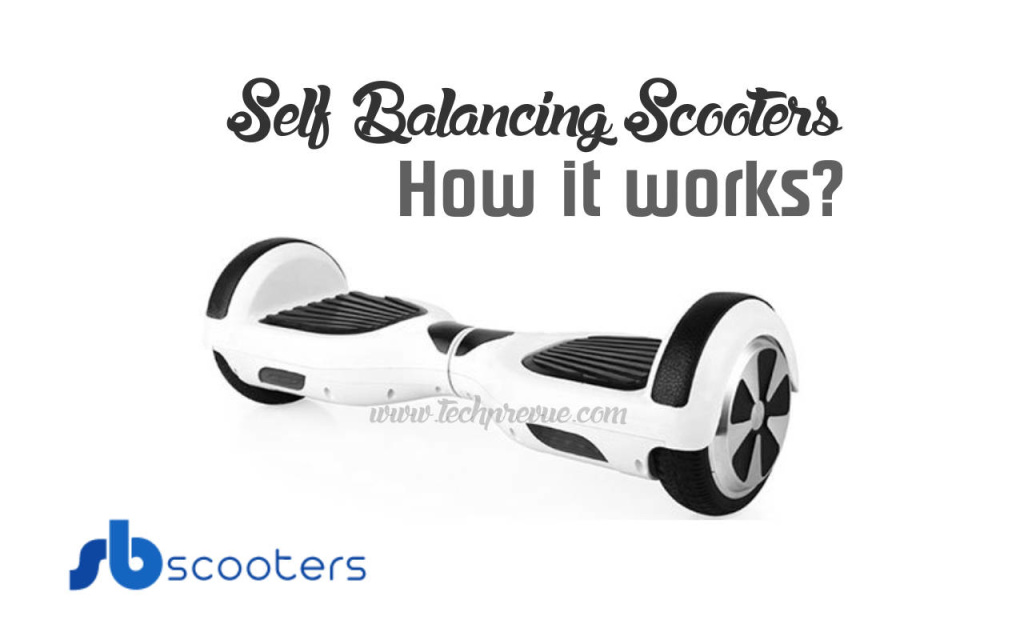The self-balancing scooter is quite similar to the Segway vehicle. The difference is in its smaller wheels and lack of handlebars. Because you have nothing to hold on to when you are riding it, it feels quite similar to a skateboard. Unlike a skateboard, you do not have to push it to move it as it runs on batteries.
How the Self-Balancing Scooter Works – The Technology Behind It
As multiple videos by Justin Beiber on his Instagram account have shown, riding a self-balancing scooter is almost like riding a skateboard. You just need to stand on the wheeled platform, and motor propels you forward. How fast or slow it goes depends on how much you tilt it forward with your feet. While you can find more information about these on selfbalancingscooters.com.au, the basics of the technology are easy to understand. The self-balancing scooter is equipped with computers that are programmed with proprietary software. Along with these, there are tilt sensors and gyroscopic sensors which support its function. While terms like gyroscopic and tilt sensors might sound intimidating, they are essentially just balancing devices. A gyroscope is equipped with a spinning disc that has been installed on spinning gimbals. The gimbals provide directional stability to the spinning disc, which in turn, ensures that the scooter maintains its orientation.
Using the Self-Balancing Scooter
The tilt sensors work with the gyroscopic sensors and the computers to navigate the self-balancing scooter. If you lean forward on the platform, tilting it forward, the tilt sensors detect that. They interpret the forward leaning to mean that you want to start moving forward. If you are already in motion, this would be interpreted as you want to go faster. Conversely, if you lean back so that the platform tilts backward, it will be interpreted as you want to slow down. The degree of the tilt can be used to control the scooter’s motion and speed, or the change thereof. You can find videos of people operating these self-balancing scooters if you are curious about how to use them. The self-balancing scooter runs on batteries, as mentioned earlier. These batteries can be charged up in a couple of hours. Fully charged batteries allow you to run the scooter six to seven hours, depending on your weight. Because the motion and speed are all controlled by the scooter itself, the only work you have to do is to determine where you want to go and how fast! Learning to operate a self-balancing scooter only takes a few minutes. Anyone who has learned to skate on a skateboard will find it easy. Even non-skaters don’t need a lot of time to learn how to operate it. Because the level of work required to operate it is bare-minimum, it makes a great recreational toy for both kids and adults.
